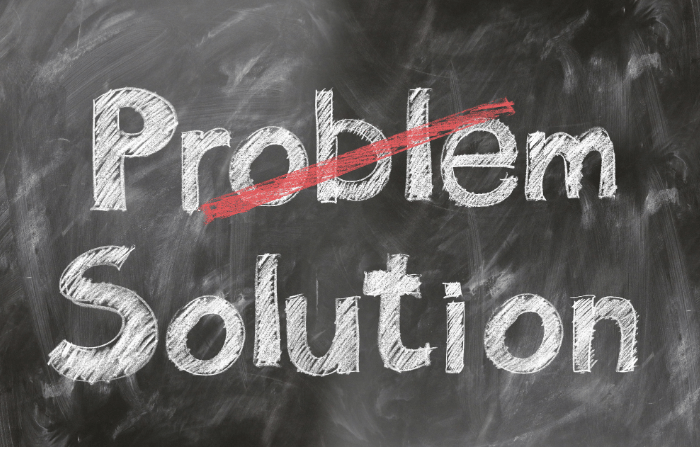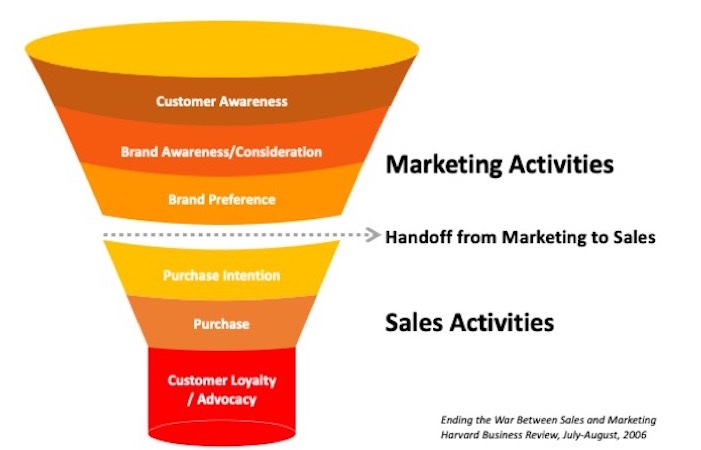Today the sales function in distribution is experiencing quite a challenge. Buyers are hard to reach. Salespeople can’t visit like they used to, and even for areas where in-person visits are encouraged, salespeople are often spread too thin.
Distributors are looking to put more digital or online strategies in place, and doing so requires that the sales and marketing teams align or partner together. But, aligning the goals and vision of these two teams can present a challenge or two.
Nevertheless, alignment is attainable and, in areas where we are seeing the two teams working together toward the same goals, we see distributors becoming much more competitive online.
How about your company? There are specific steps and strategies to take to achieve this kind of alignment. It’s a process, of course, and it can be a big adjustment for everyone, even outside of the sales and marketing teams. But, once the two teams are working well together, your sales will increase, and everyone will be much happier.
What This Looks Like
When your sales and marketing teams are aligned, you’ll begin to see that the collateral produced by your marketing team will better connect your customers to your solutions, just like your salespeople did in pre-COVID days.
As an added benefit, your customers will be much happier with your messaging because they’ll recognize that it speaks directly to them. Your company will produce messaging that communicates to your audiences that you understand their needs. Customers will experience a sales process that is clear and aligned with everything they read in your messaging.
You’ll have to tackle a few barriers as you work through aligning your marketing and sales teams, however.
Identifying and Eliminating the Barriers Between Marketing and Sales
First off, sales and marketing teams traditionally strive for different results, and they often move at different speeds, two issues that can sometimes driving a wedge between the two groups.  When this wedge becomes too large, each team tends to do their own thing at their own pace, separate from the other.
When this wedge becomes too large, each team tends to do their own thing at their own pace, separate from the other.
The good news is that, particularly in distribution, we often see one person heading up both teams (usually the VP or Director of Sales and Marketing). Distributors have the right idea in having one individual manning both helms.
On the other hand, however, we also see that the two teams still operate with minimal communication despite them reporting to the same individual. This is unfortunate because when the two teams operate on separate trajectories, the effectiveness of their efforts consistently falls short, which basically leaves a lot of money on the table to be grabbed up by competitors who have a better-aligned team. With some better coordination and the opening up of communications, this becomes an easy fix.
The second barrier to look for is connected to your CRM. A CRM system is very useful in the sales and marketing teams’ alignment because it’s the perfect place to house information about customers and prospects—information that both teams will eventually use and communicate around. But this could present a barrier since some salespeople may prefer not to use a CRM or to put minimal information about their leads in a CRM. We see this a lot.
Sometimes they fear they’ll lose control of their leads; they may prefer using their own system to keep notes and records; they may be hesitant to try new technology; they may even be afraid of becoming obsolete and losing their jobs. While these are understandable concerns, by not using a CRM, or by withholding access to a CRM, again, the effectiveness of your digital sales and marketing efforts becomes adversely impacted.
The last and certainly not least of the barriers to be aware of is that aligning the sales and marketing teams will undoubtedly result in more work for the marketing team. For example, there may be additional pressures placed on the marketing team as their contributions becomes more critical to the sales process. Their activities may become more analytical, and they may pick up more accountability and responsibilities than before. There is also likely to be a higher demand placed on their time.
If your marketing team is not tech-savvy, or if it is not well-staffed, it could take a while to get the team up to speed, so what we often see is that distributors will have their inside sales team or a sales assistant handle the technology and analytics. Doing so relieves the marketing team from the more difficult responsibilities and allows the inside sales team to make a greater contribution to the overall process.
Regardless of how you decide to proceed down the path of digital sales and marketing readiness, keep in mind that aligning the two teams will be a significant change for both. Some disruption could even impact others in the company. However, these difficulties are surmountable, especially when you have an idea of what to expect. And the benefits will be well worth your effort!






